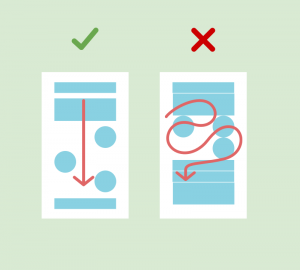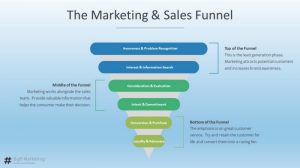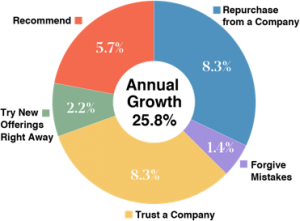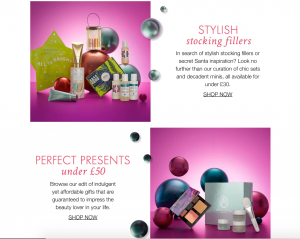— January 30, 2018
So you’ve identified your referral sources, developed a recruitment strategy, created a sales enablement plan, developed a plan to enable referral sources, constructed a referral incentive strategy, and decided on your onboarding process, now it’s time to create a referral strategy to keep referral sources engaged after onboarding, and the referrals pouring in.
When trying to ensure that referral production stays high, you need a communication and promotional plan for current referral sources that keep them engaged whether they are in the middle of waiting on a successful referral or haven’t referred lately.
To start, let’s look at the three types of communication you need to establish the events that can trigger these communications.
3 communication types to keep referral sources engaged
There are three different types of communication you should establish with your referral sources:
- Automated communication on program status
- Nurture communication by program activity
- Regular program communications
These each keep referral sources engaged in different ways and their implementation are based on different criteria. By breaking down how each type of communication can be implemented you will be able to decide on what communications you want to send, plan and execute.
1. Automate communication on program status
Once a referral source has made a referral, you don’t want them to become disengaged from the program because of the lack of transparency or have continuous calls coming in to check on the status of a referral. By setting up automated communication to referral sources, triggered by referral status changes, you can ensure that referral sources stay engaged while waiting for a referral to become successful.
To determine what automated communication you should implement in your program, let’s list out the different referral stages these communications can occur:
- Referral is accepted – Send an email that confirms the lead was accepted and wasn’t already in the system.
- Referral is qualified – This email informs the referral source that the referral was qualified or accepted by sales.
- Referral becomes an opportunity – Send this email to inform the referral source that the referral lead has been converted to an opportunity.
- Referral proceeds to the next opportunity stage – There is a lot that goes on with the referral during the opportunity stage and there can be many mini stages within it. This email informs of any stage change in the opportunity and any role they should play. For instance, if you would like your referral source to reach out when the proposal is delivered to see if the referral has any questions, you can indicate that in this email correspondence.
- Referral is closed (lost) – This email is triggered if the opportunity is lost.
- Referral is closed (won) – Send this to inform the referral source that their referral made a purchase.
- Referral reward is earned -This informs the referral source on the amount of the reward earned and any information on how it will be paid.
When deciding on what automated communication you want to setup, be sure to think about the triggers that are specific to your business process.
2. Nurture communication by program activity
The success of referral sources can be optimized by creating nurturing programs that help develop them and encourage activity. Here are a few automated nurture tracks you can create based on certain activities or lack of activity:
- If a referral source has a high number of referrals, but little or no success – Retrain on the target buyer and value proposition to ensure they are referring the right companies/people with the right message. Also, this reinforces the value of a 1-to-1 referral introduction.
- If a referral source has low referral activity – Reinforce product value prop and target buyer. Remind them where to find referrals and how to ask for them.
- If a referral source logged in within last X days but didn’t make a referral – Provide information on how to make a referral, what happens to a referral once it’s submitted and reinforce product value prop and target buyer.
- If a referral source has a high number of successful referrals – Create a kudos campaign to recognize their efforts and encourage them to keep referring.
Once you figure out your different nurture campaigns, determine the frequency of each based off your referral strategy.
3. Regular program communications
Segmented communications target the special needs of those groups, but regular value-added communication will keep referrals top-of-mind for everyone in your program. Use the ideas below to build a newsletter template to send a monthly (or frequency of your choosing) communication. Possible information to include in a regular newsletter (circle content you want to include):
- Target buyer/persona spotlight with corresponding value prop
- Leaderboard of top members by referral success
- Tips on asking for referrals
- Success story – highlight a story on how someone generated a successful referral
- Testimonial – quotes on how great the program is and how easy it is to earn rewards
- Links to get more info
- How to earn incentives – criteria and payment
Business & Finance Articles on Business 2 Community
(80)








